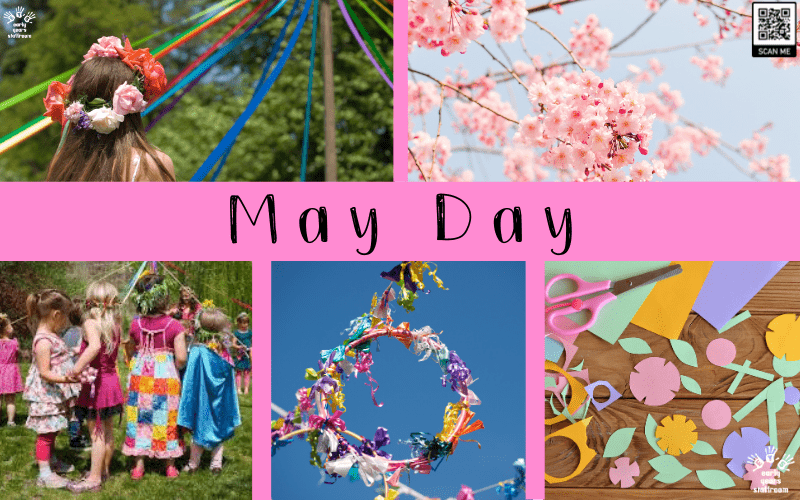

May Day, celebrated on the 1st of May, is an ancient festival that marks the arrival of spring. It is an opportunity to teach young children about the changing seasons, new life, and various traditions associated with the day.
Here are some ideas for incorporating May Day celebrations into early years education:
Maypole dancing: Set up a child-friendly maypole with colorful ribbons for children to dance around and weave intricate patterns. This activity encourages coordination, teamwork, and an understanding of the cultural significance of May Day.
Flower crowns: Organize a craft session where children can create their own flower crowns using fresh flowers, artificial flowers, or paper flowers. This activity promotes creativity, fine motor skills, and a connection with nature.
Planting seeds: Encourage children to plant seeds in small pots or the school garden to celebrate new life and growth during spring. Discuss the process of germination and plant growth, teaching them about the life cycle of plants.
Spring-themed songs and rhymes: Sing songs and recite rhymes about spring, flowers, and May Day celebrations. This activity fosters language development, listening skills, and an appreciation for the arts.
Nature walk: Take children on a nature walk to observe signs of spring, such as blooming flowers, budding trees, and baby animals. Discuss the changes they observe and the importance of the season.
By incorporating these May Day activities into your early years curriculum, you can celebrate the arrival of spring while also promoting important developmental skills and cultural understanding.